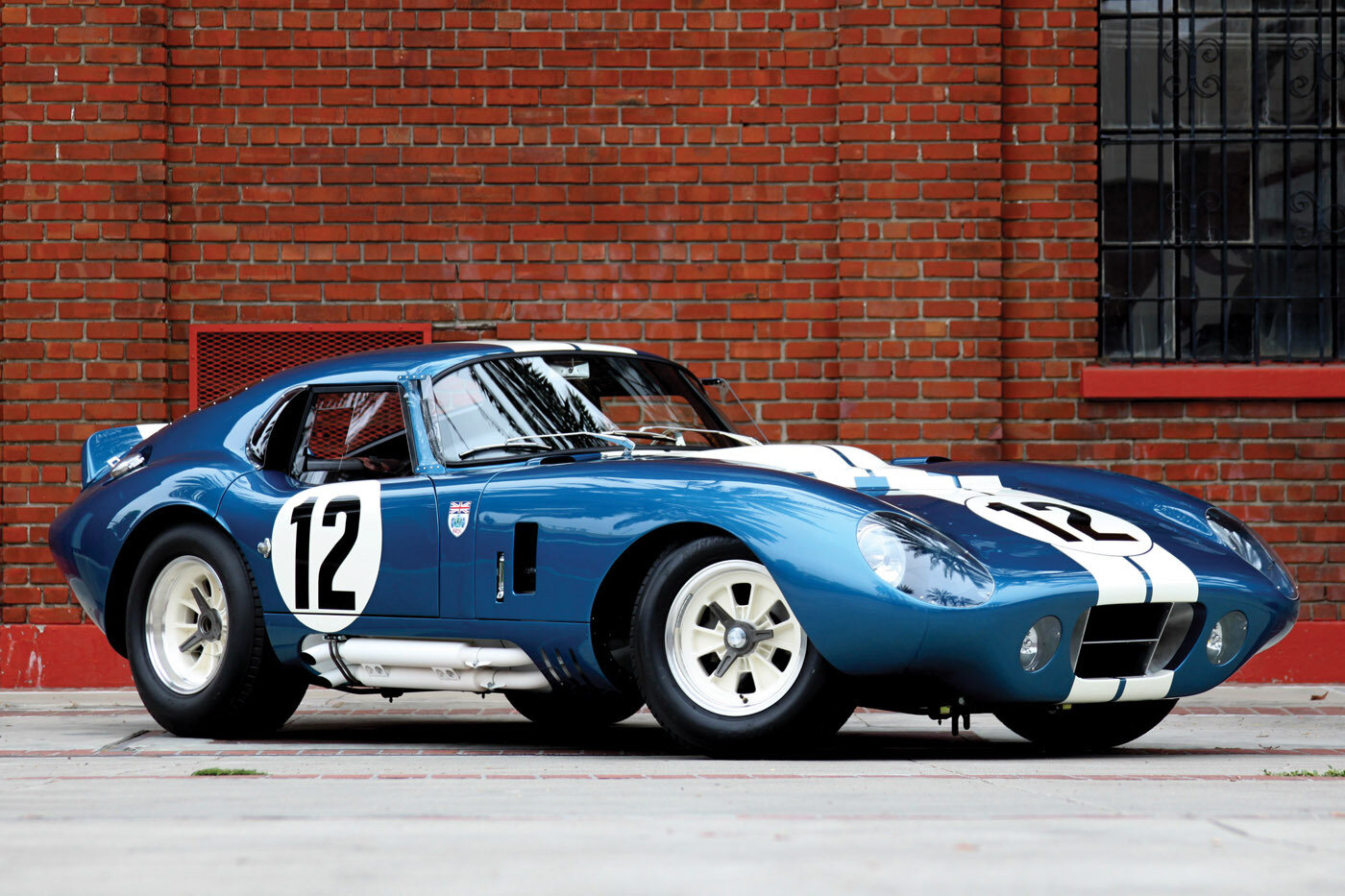
Tool-room copy of Daytona Coupe CSX2300 in aluminum
By Steve Temple
Photos by Spencer Trenery, Fantasy Junction
Cobra history buffs are very familiar with the Daytona Coupe, and chassis No. CSX2300 in particular. Leased from Alan Mann Racing by Ford of France, the car raced with distinctive livery, white body with narrow blue and red stripes, the national “Tri-Colore” entry in the 1965 Nürburgring 1,000 km.
Well-known French drivers Andre Simon and Jo Schlesser drove this Coupe to third place in the GT 3 category, finishing behind the GT-winning Alan Mann entry driven by Bob Bondurant and Jochen Neerpasch, and finishing 12th overall. That was one of only two occasions that a Daytona Coupe raced in something other than Viking Blue or Guardsman Blue; the other exception was the Filipinetti Coupe, CSX2602, which raced Le Mans in Swiss colors – red and white.
After the race, the white Coupe returned to Alan Mann Racing and was repainted in the traditional Guardsman Blue and Wimbledon White stripe of the 1965 Shelby American team. A number of legendary Cobra racers manned the wheel of CSX2300, such as Bob Bondurant, Allen Grant, Ed Leslie, Jack Sears and John Whitmore. And Carroll Shelby owned this Daytona before it was sold by RM Auctions for $4.4 million on Aug. 19, 2000. It’s now reported to be in Europe, owned by a Swiss collector of rare classics.
All of this helps to explain why Paul Martin chose to recreate this particular Coupe to the nth degree — and some might even say duplicate it. The project involved a significant amount of research and labor, taking four long years to complete.
“I think it was from reading The Cobra-Ferrari Wars and discovering such an incredible car that had so little written about it,” he explains. “There is a rich history behind the car, and it was such an incredible achievement by a small American race-car builder to win the FIA Championship.”
This stunning reproduction embodies the finest in automotive craftsmanship and attention to detail — an authentic reincarnation, as it were. After all, Paul began this project with the goal of building the finest reproduction Daytona in existence.
The chassis and body were built by Caro Cars, aircraft fabrication specialists, who worked with measurements and hundreds of photos from an original Daytona to hand-form the all-aluminum body. The team referenced several original drawings and blueprints, spending more than 3,000 hours fabricating the aluminum body over an accurately built frame.
It took two years to construct the body, during which the owner embarked on a social media campaign to obtain as many NOS interior, mechanical and trim parts to make the car as original as possible. Parts came from all over the world, as enthusiasts sacrificed their hidden NOS treasures in order to participate in the construction of this unprecedented car.
At the outset of the project, the owner contacted the original designer, Peter Brock, who became interested and involved in the process. Known for enthusiastically embracing special Daytona Coupe projects, Peter offered his suggestions and insights on details while the project developed. With the frame and body completed, Nick Acton of Acton Custom Enterprises was called upon, spending two years completing the final build and assembly.
The precisely accurate frame uses original diameter tubing with correct front and rear uprights, per the original 289-racing chassis. Renowned Cobra expert Mike McCluskey preassembled the front and rear transverse race-specification, leaf spring suspension. As originally built, it has tapered bearings and adjustable lower control arms, along with KONI adjustable shocks.
As for the engine, Paul kept within period constraints, starting with a 289/302 Dart block stroked to 347 cubes and fitted with correct 48 IDA Webers and center linkage. The resulting dyno tests revealed an impressive 526 horses.
An original Borg Warner FIA T10 close-ratio gearbox was rebuilt with crosscut, polished gears by Mike Miles, who also utilized a 289 Galaxie tail shaft. Completing the driveline is a McLeod racing clutch and an original aluminum Shelby independent differential with 3.31 gears. Another exacting detail in the driveline is a differential cooler with a Mocal electric pump.
In compliance with original build specifications, Girling calipers with solid rotors were sourced and restored or rebuilt as needed. Hand-formed brake cooling vents (front and rear) with additional ducting were constructed for cooling the calipers and discs.
A correct pair of Stewart Warner 240-A fuel pumps was sourced and installed, supplying fuel from a hand-formed 30-gallon fuel tank. The exceptional level of detail and fabrication included sourcing original Cutler-Hammer radium-tipped aircraft switches and period hardware, including hand-painted switch lettering in the correct ivory color. Original-style Stewart Warner instruments were installed, and a NOS speedometer and tachometer were located and installed in the dashboard.
Further details included sourcing original Lucas lighting and an aluminum radiator with concealed high-speed automatic fans inside the hand-formed aluminum shroud. Rounding out the presentation, the car was finished in original Guardsman Blue with Wimbledon White stripes, period-correct racing livery, and Halibrand aluminum racing wheels with period-correct knockoffs.
The Daytona Club of Los Angeles planned an enthusiastic debuted upon completion of the car in 2015. Designer Peter and Allen Grant (World Championship driver, 1964) both were present to sign the car and share their excitement for this unprecedented homage to one of the greatest race cars ever built.
As a culmination of great minds in the Shelby Daytona Coupe community and the most stringent guidelines from original examples, this Daytona properly represents one of the most exciting times in modern racing. With the original cars valued in the multimillions of dollars, this stunning Daytona changed hands for around a half-million dollars. It was acquired by a collector in the Philippines, who owns about 450 other classics, with the transaction handled by Fantasy Junction, a broker specializing in the sale of classic and special-interest cars.
So where does Paul go from here, after achieving such an impressive feat? He’s now working on a reproduction of a 450S Maserati. Using scans of an original car, the body and chassis have already been built in Argentina. Stay tuned.

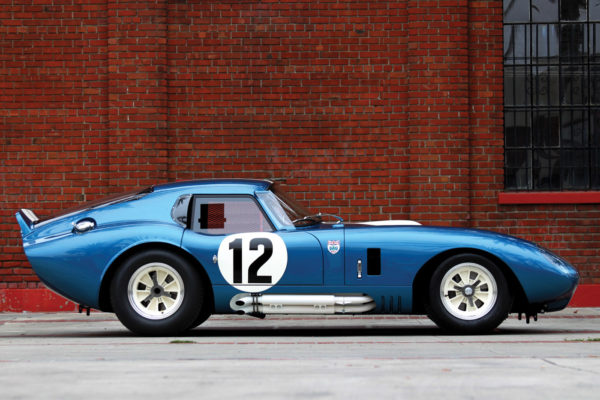
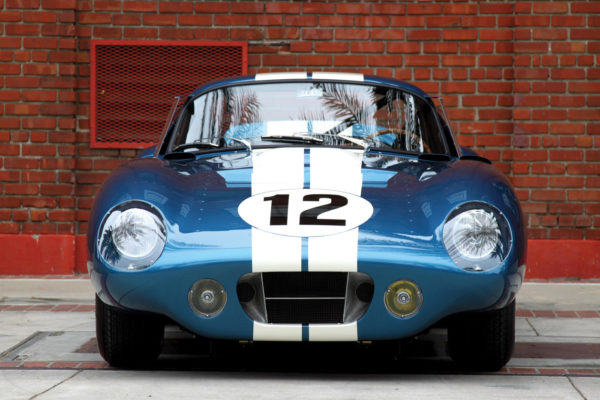
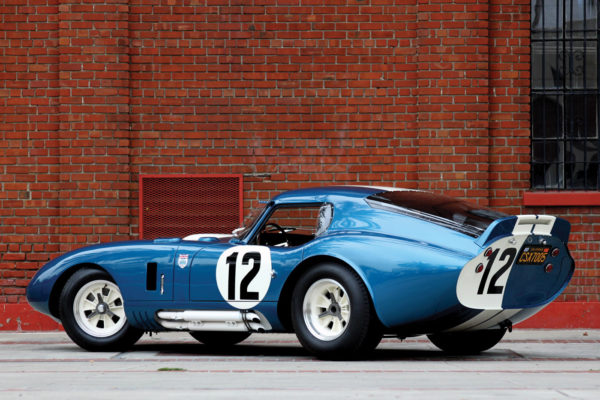
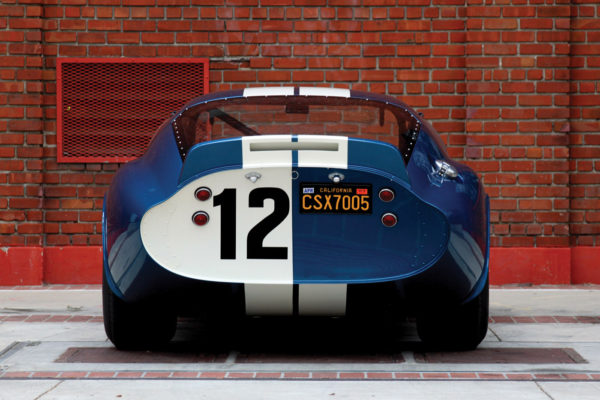
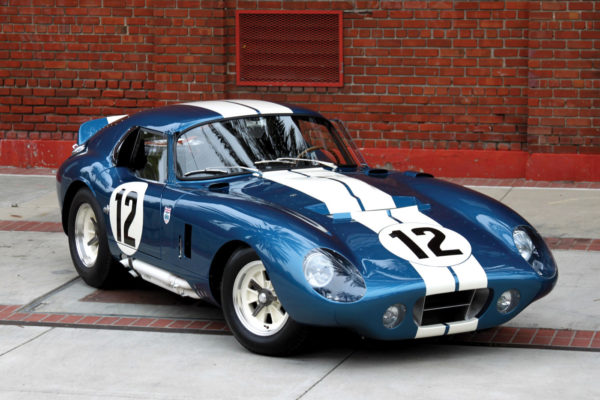
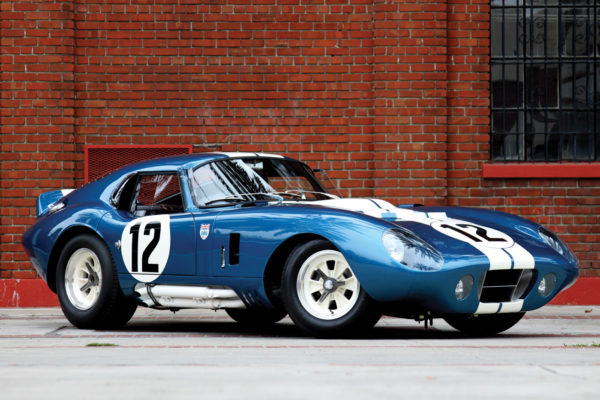
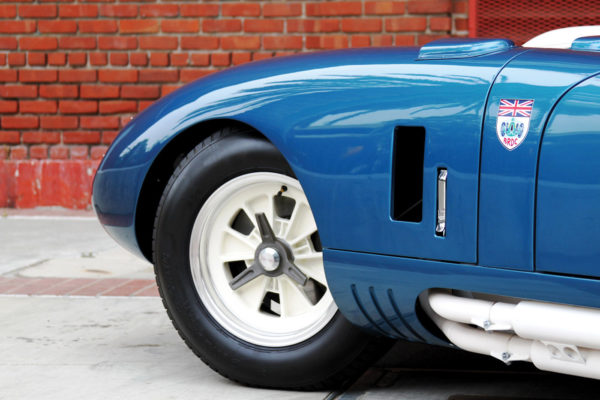
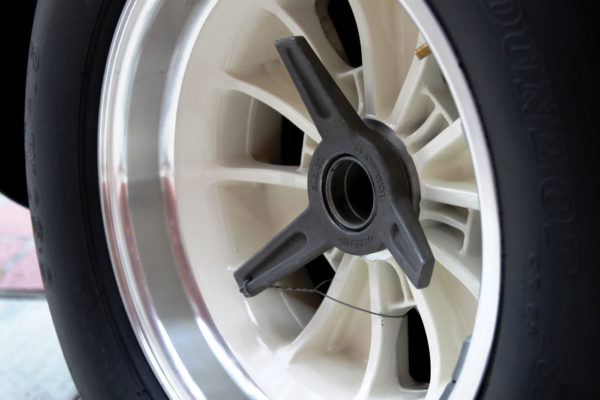
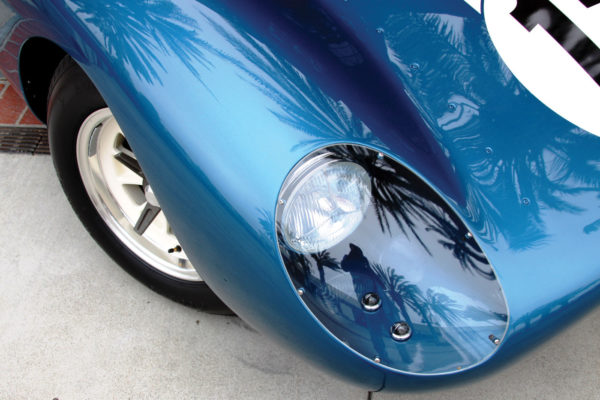
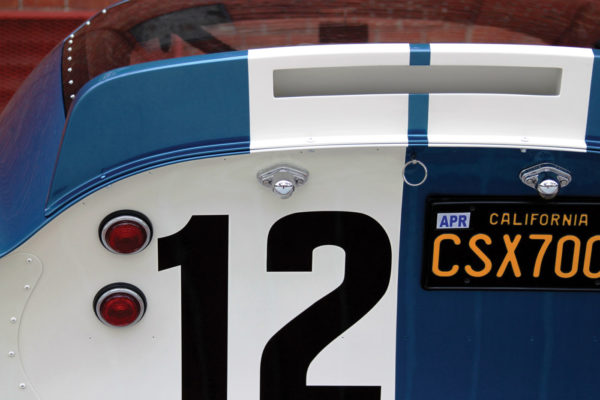
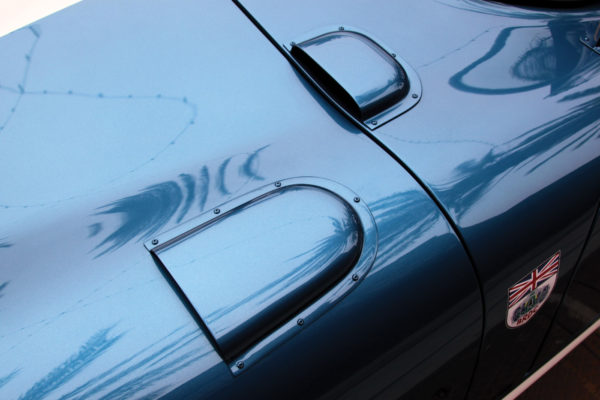
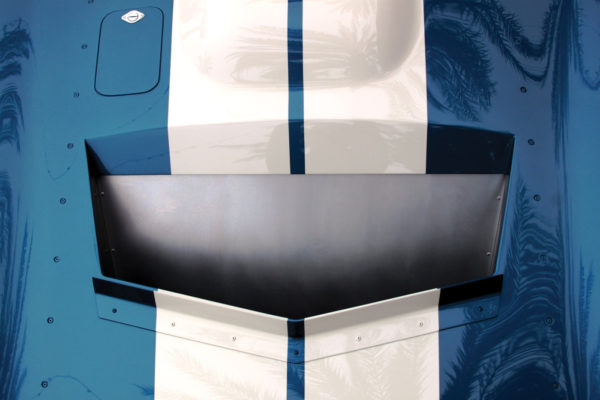
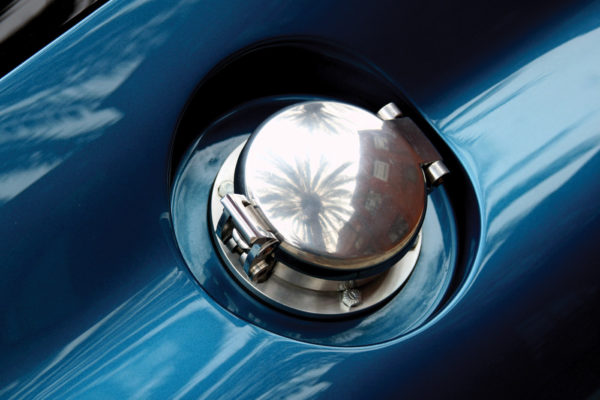
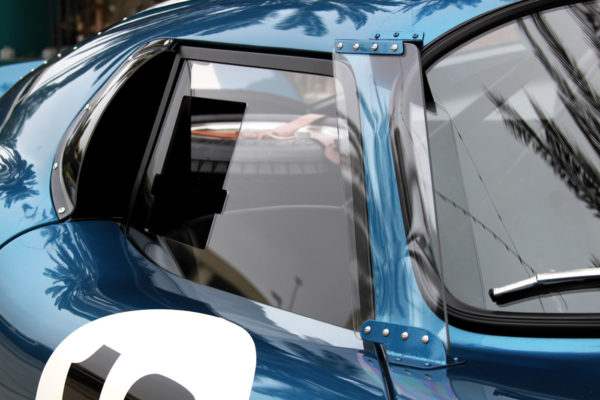
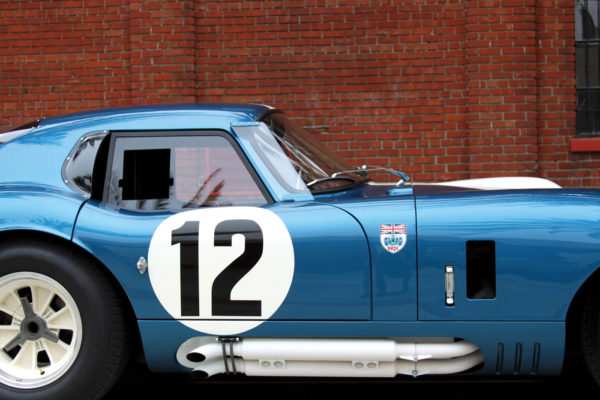
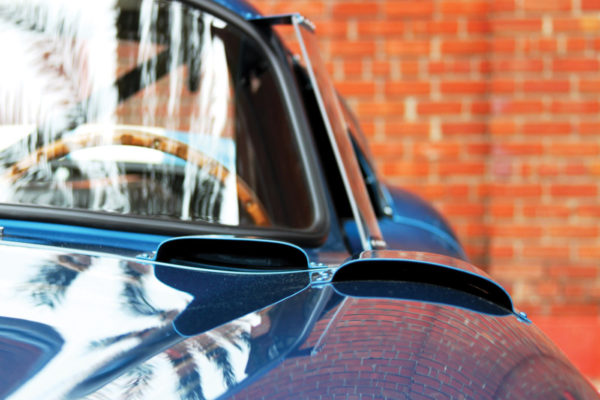
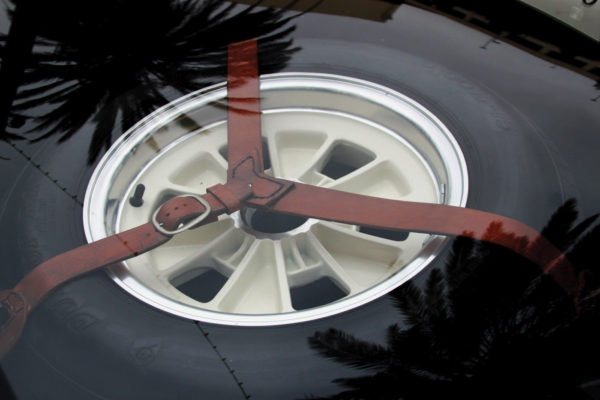
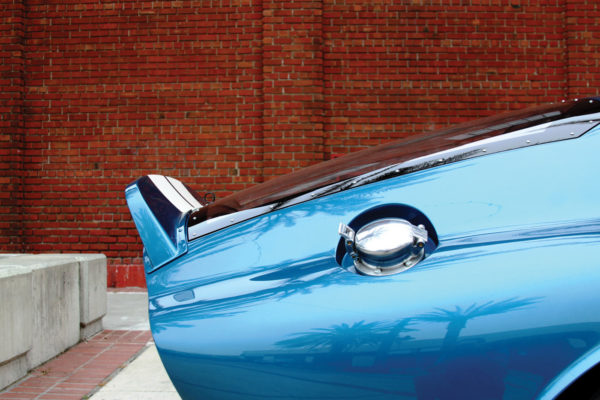
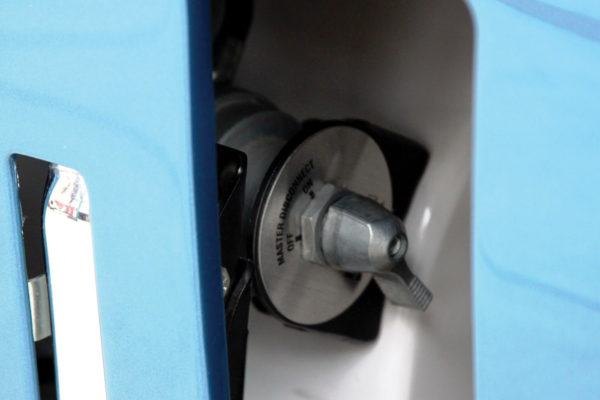
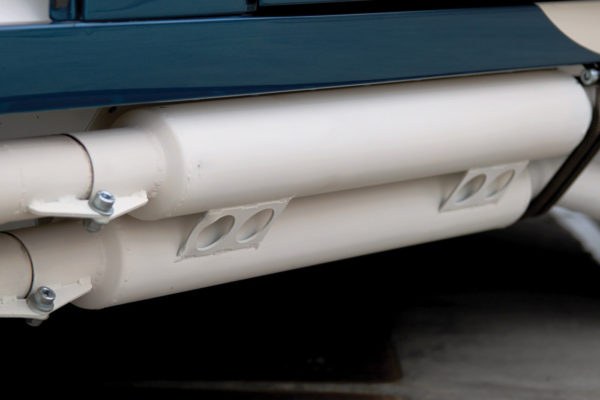
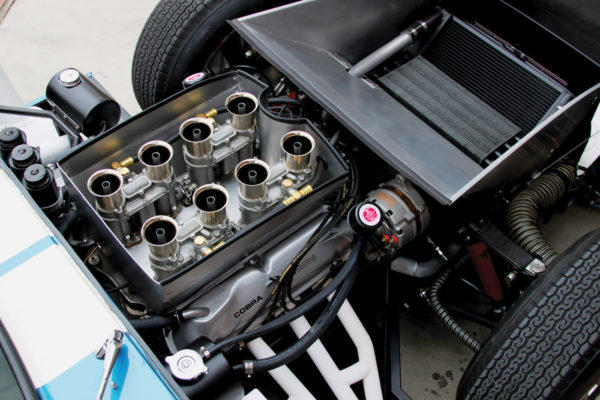
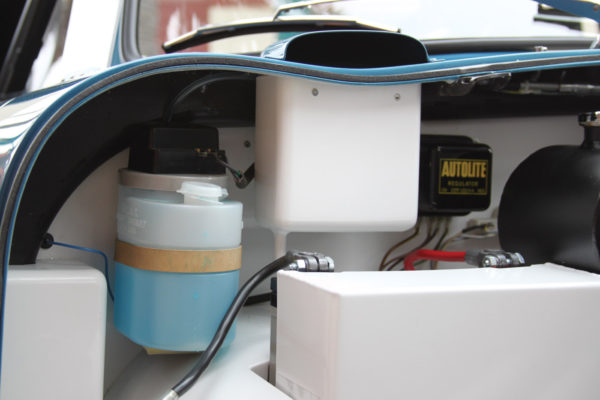
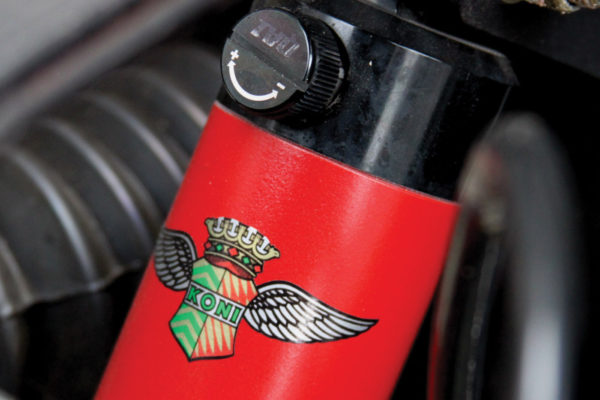
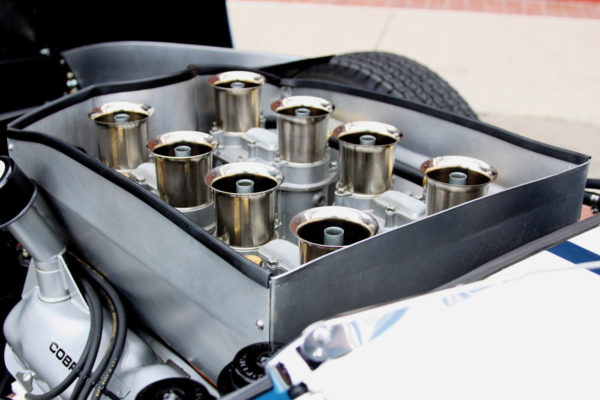
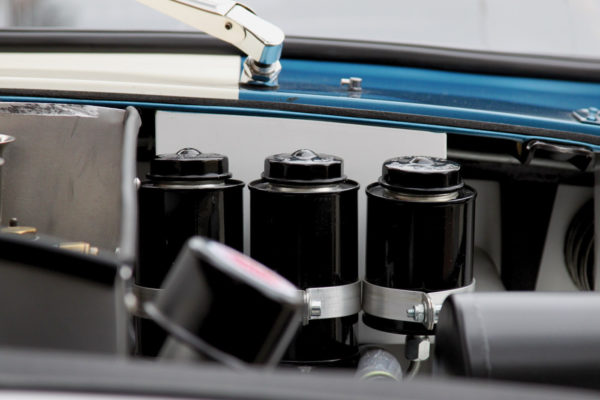
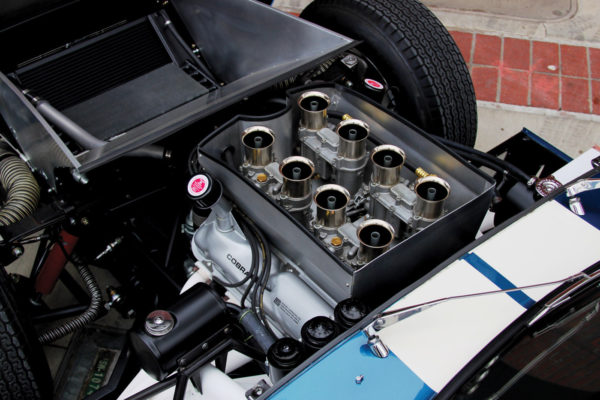
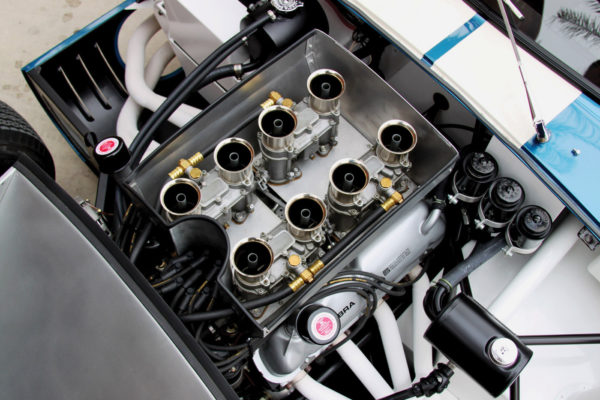
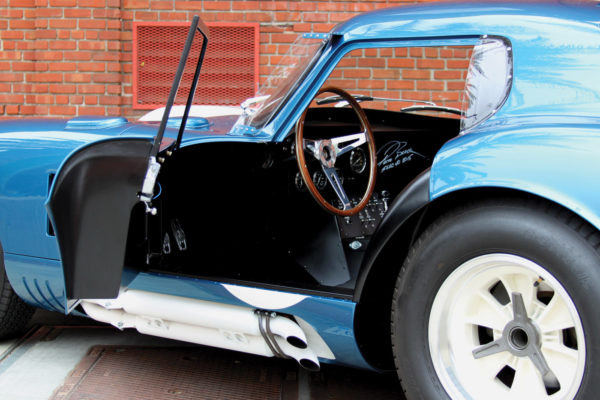
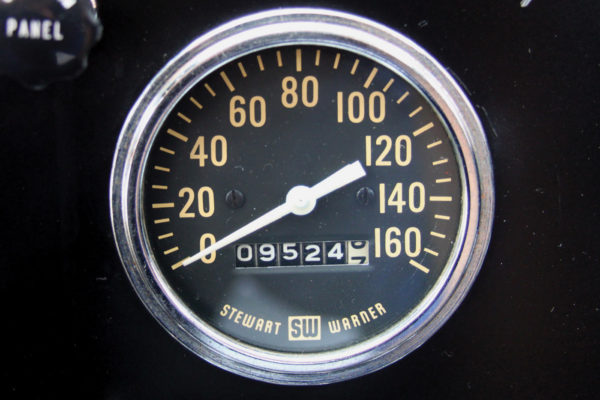
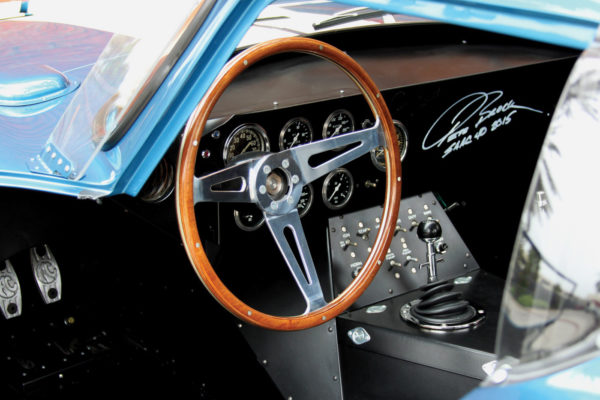
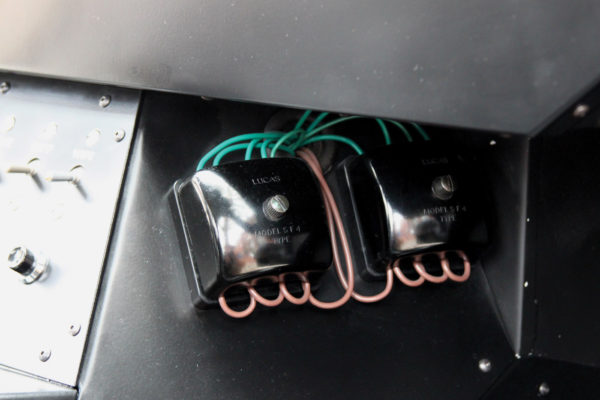
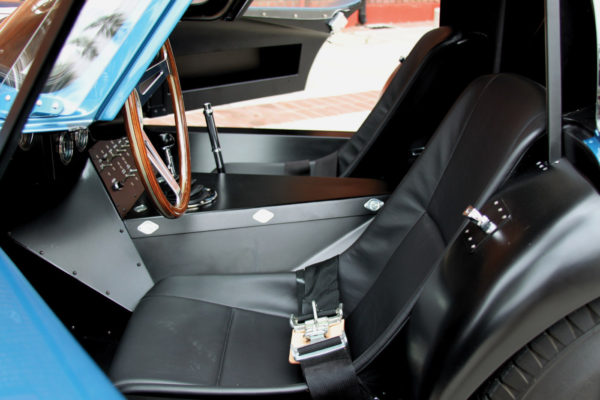
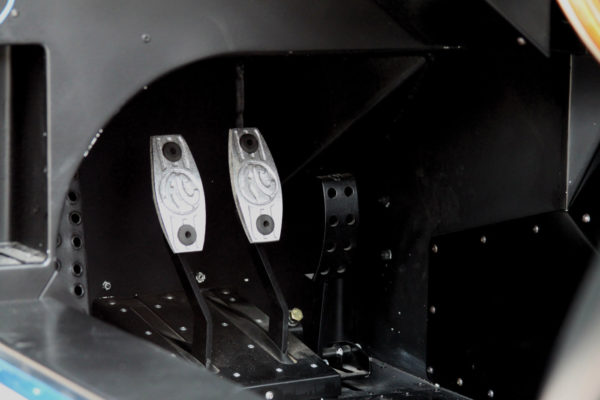
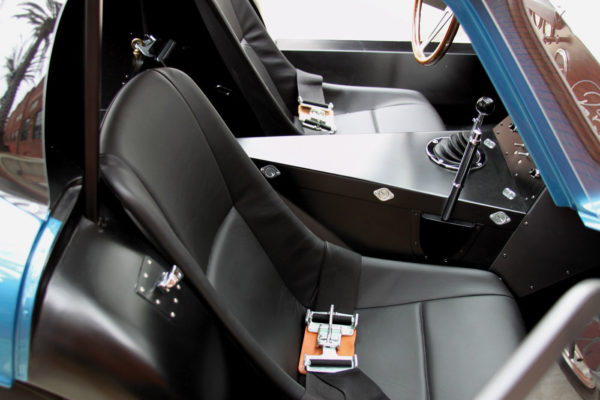
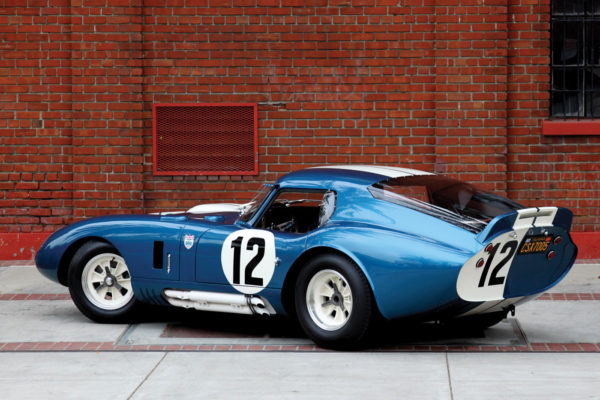
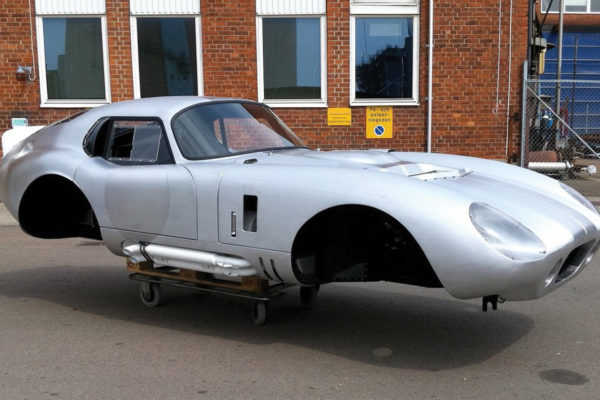
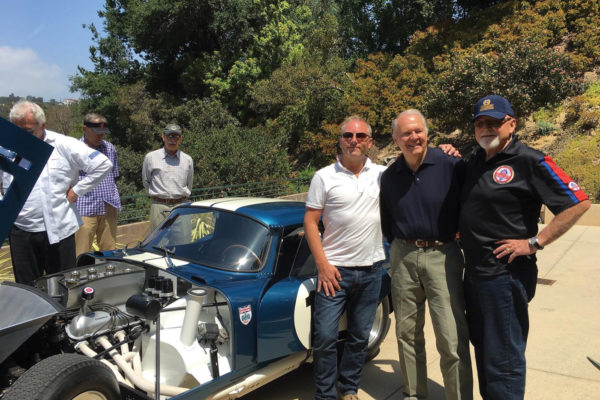
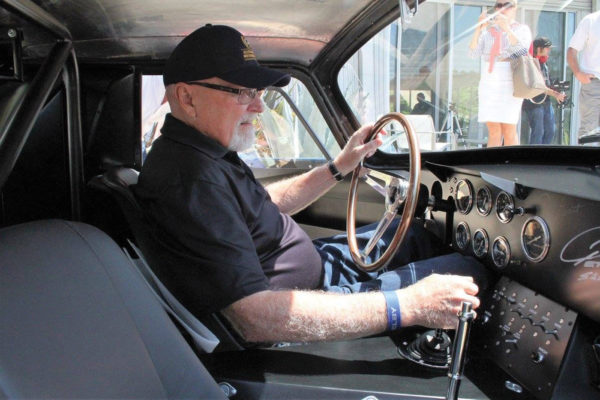
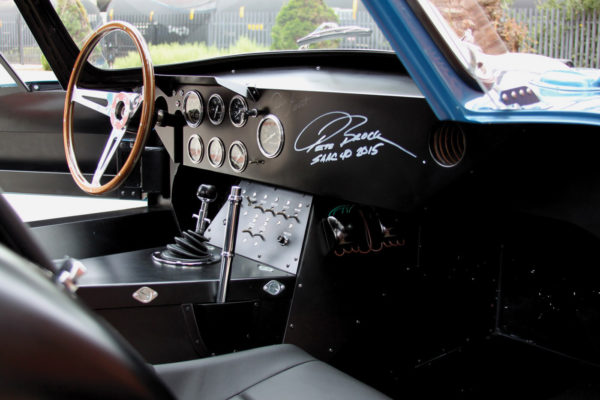
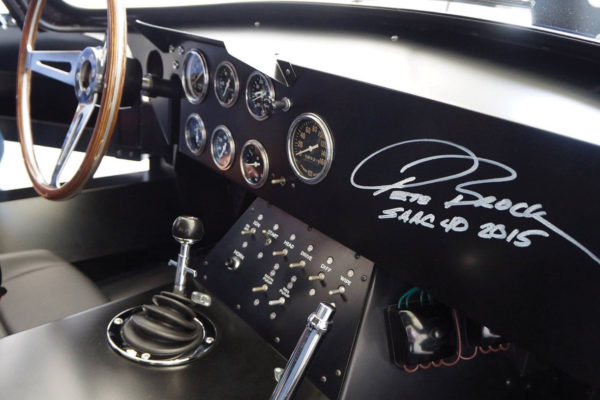
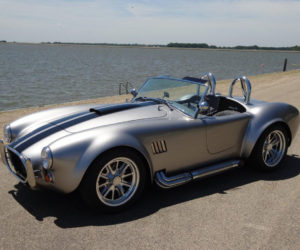
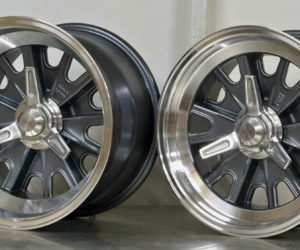
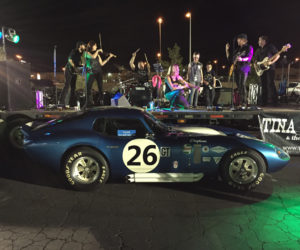
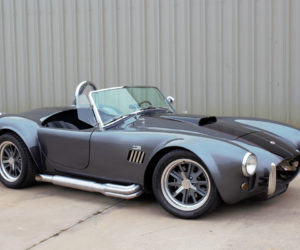
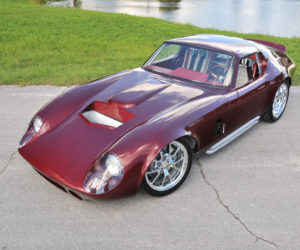
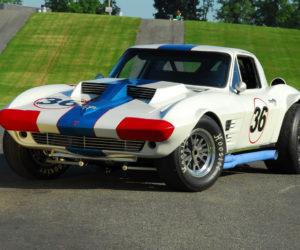




Comments for: Profiling the Coupe
comments powered by Disqus